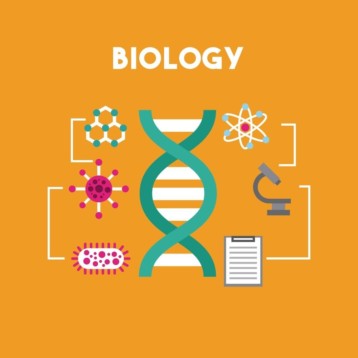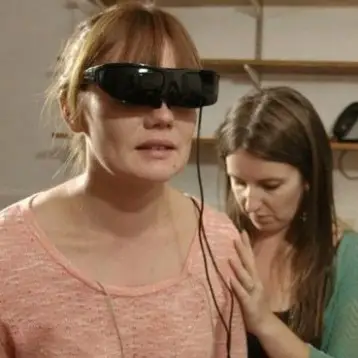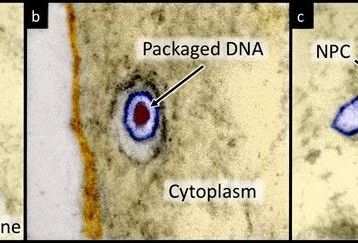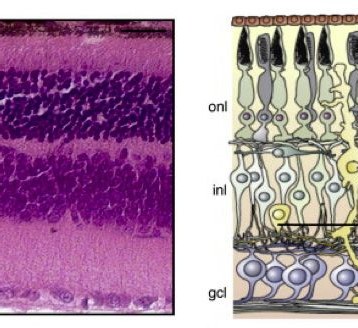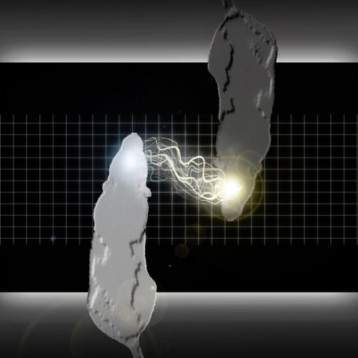In the book On The Origin of Species, Charles Darwin theorizes that the best-adapted organisms will survive during a long time span. However, he pays little attention to the succession of living things during evolution.
Recently, biologist Gerard Jagers from Radboud University has developed the “operator hierarchy,” a system based on the complexity of particles and of organisms that can predict the next step in evolution. He proposes that it will be a technical life form, which can pass on its knowledge and experience to the next generation.
Jagers says that most biologists do not put a lot of thought to the hierarchy of life, and it results in hindering the discipline. Therefore, he sees room for improvement; following lengthy research, he came up with a hierarchy that is not only more consistent but also includes the classification of inorganic natural matter. “The succession of things is all wrong,” said Jagers. “Not only are there things in the hierarchy that are not comparable – for example: things that do and do not exist independently – but also the way in which you reach the next level is different for each level. That’s plain careless.”
The widely used ranking of complexity is known as the ecological hierarchy. “This linear hierarchy ignores the fact that instead of just one there are three different dimensions for the increase in complexity,” complains Jagers. He believes that three elements should be marked as the essential blocks for evolutionary development.
The first is development from individual particles to groups of particles. For example: molecules form chemical mixtures and organisms form an ecosystem. The second element is development from simple physical particles to complex living things, such as the step from fundamental particles to atoms or from molecules to cells. The third element is the complexity within each particle; one can see the development of organs and tissues in a multicellular organism as evidence for such development.
In his paper, Gerard Jagers uses the hierarchy of the operators to provide his own definition for life. Although biology – “the discipline of life” – is an established science, it is still a challenge for scientists and philosophers to define life in unequivocal terms; the difficulty arises since life is a process, not a pure substance. Any definition must be sufficiently broad to encompass all life with which we are familiar, and it should be sufficiently general that, with it, scientists would not miss life that may be fundamentally different from earthly life. According to Jagers’ approach, something is a life form if it is an operator and is equally or more complex than a cell. Prospective technical life forms are also included in this definition.
The latest paper elaborates on the arrangement of the operators: the interactions between atoms lead to molecules; the interactions between molecules surrounded by a membrane lead to the cell, the interactions of cells form a multicellular organism, and so on. Jagers observes that new entities are formed according to a fixed system, based on processes that in his paper are called “closures.” Closure refers to the closing of a circular process or a circular structure. Each closure leads to a higher form of self-organization and a new recognizable entity:A new operator.
The model’s predictive value is gained through each logical step; these steps are created by going from each closure to a new closure (or, from operator to operator). The next closure, predicts Jagers, will lead to a life form in which the transfer of the blueprint by means of genes is replaced with the transfer of knowledge and collective experience by so-called “memes”.
The new approach claims that memes are codes that determine the structure of the brain. In turn, the structure of the brain determines someone’s knowledge. In this way, memes are carriers of brain structure and the corresponding knowledge, just like genes are carriers of protein recipes and the corresponding cell physiology.
The next life form will not necessarily develop by means of biological evolution. As far as Jagers is concerned, a machine that shows intelligent behavior based on a neural network fulfils the definition of life. If this system can then also pass on its memory to the next generation then this involves a new step in evolution. “However, for the time being such robots still need humans to build them,” concludes Jagers.
TFOT also covered molecular evolution, a scientific field during the 1960s. Another related TFOT story is a multimedia exhibit at the Museum of Science in Boston, called Exploring Life’s Origins.
For more information about the next step in evolution, see Radboud University’s press release.



